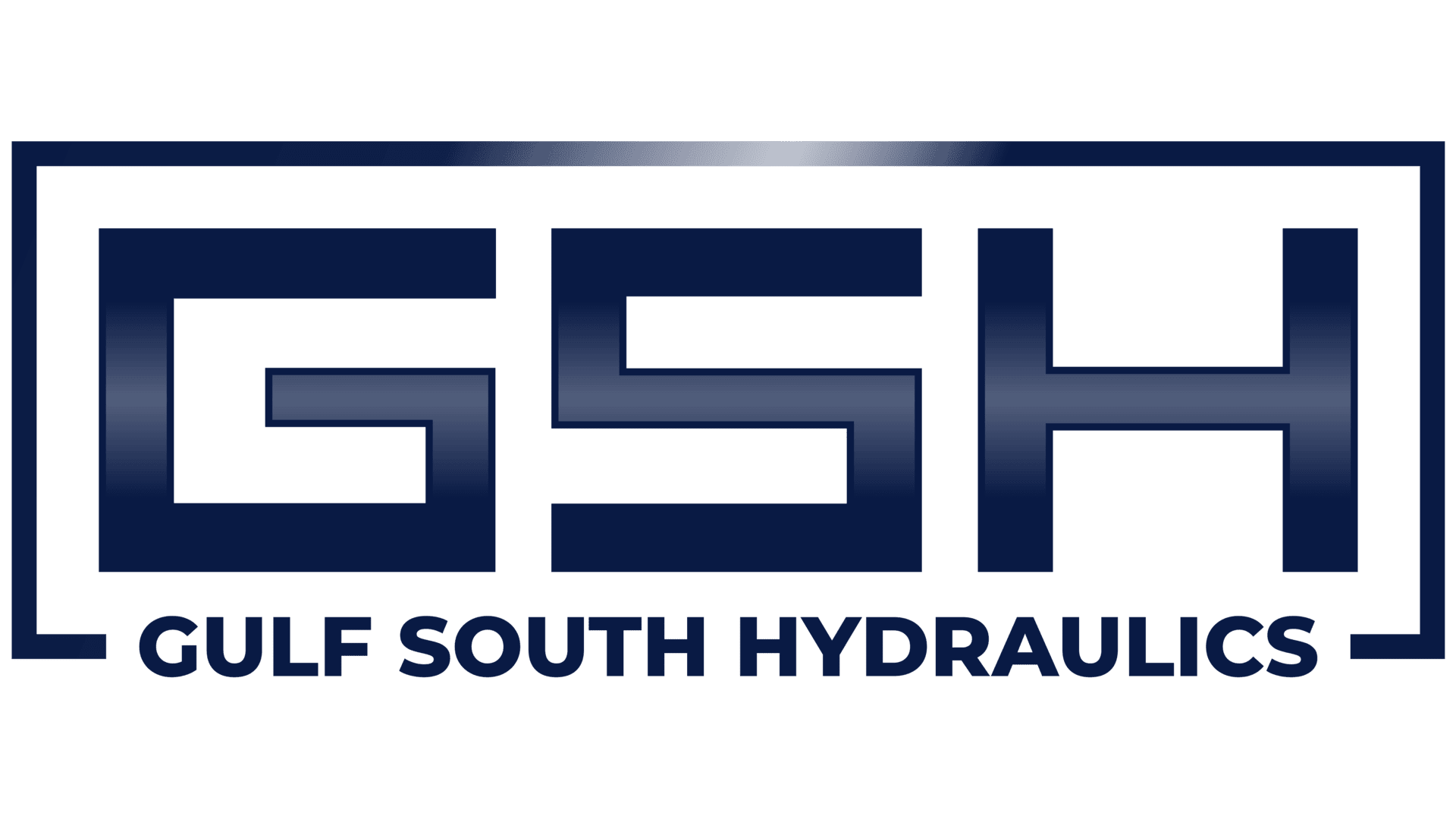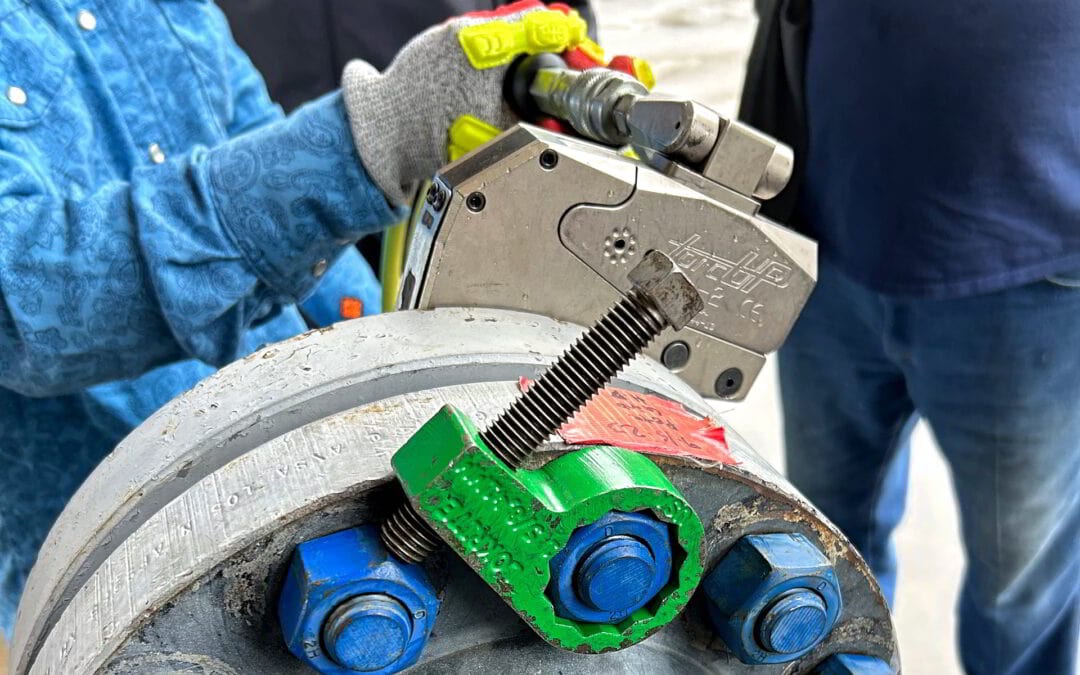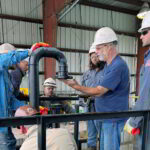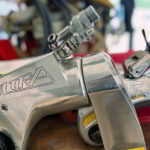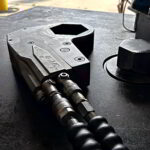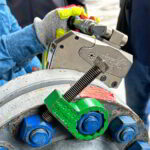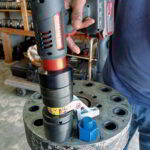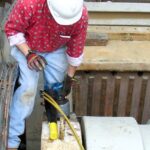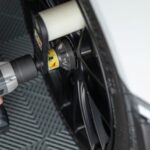Calibrating your torque wrench is an essential practice that ensures accuracy in tasks requiring precise force application, and when it comes to hydraulic torque wrenches, the stakes are even higher due to their specialized usage in high-pressure environments. Calibration isn’t just about compliance; it’s a critical element that affects the operational integrity of heavy machinery and safety. This article delves into how often you should calibrate your hydraulic torque wrench, the signs that indicate a need for calibration, and best practices to maintain its accuracy.
What Makes Hydraulic Torque Wrenches Unique
Hydraulic torque wrenches stand out for their high torque output with minimal effort by the operator, which is why they are preferred in heavy industrial applications that require large bolts to be fastened with precise torque. Because of their unique operation and the critical nature of the tasks they perform, maintaining calibration is not just necessary but mandatory. A common scenario is where technicians recalibrate these tools before a major shutdown in an industrial plant, ensuring no downtime due to tool inaccuracies. This example highlights the importance of:
- Precision in high-torque applications.
- The necessity for regular maintenance checks.
- Compliance with industry standards for safety and efficiency.
Signs Your Hydraulic Torque Wrench Needs Calibration
Recognizing when your hydraulic torque wrench needs recalibration is crucial for maintaining the integrity of your operations. Here are some telltale signs:
- Inconsistent performance which might lead to bolts either being too tight or not tight enough.
- Physical signs of wear or damage to the wrench, particularly if it has been dropped or exposed to extreme environments.
- It’s been a year or more since the last calibration—standard practice suggests annual checks.
Standard Calibration Intervals for Hydraulic Torque Wrenches
While the recommended calibration interval might vary depending on usage and manufacturer guidelines, there are general rules that most industries follow:
- Calibration after every 12 months, or sooner if the wrench is used under extreme conditions.
- After any incident that might have affected its accuracy, such as impacts or falls.
- Before starting a new project that requires precise torque application, especially in critical infrastructures.
Calibration Process for Hydraulic Torque Wrenches
The calibration of hydraulic torque wrenches should be handled by certified professionals using calibrated equipment that can accurately measure torque output. The process involves:
- Applying known loads to the wrench and measuring its output.
- Adjusting the wrench to ensure it meets the required specifications.
- Documentation of calibration, which is crucial for audits and compliance.
Choosing a Calibration Service for Hydraulic Torque Wrenches
Selecting the right calibration service is as crucial as the calibration process itself. When choosing a service provider, consider:
- Accreditation by recognized standards bodies.
- Experience and expertise specific to hydraulic torque wrenches.
- Reputation for precision and reliability.
Maintaining Your Hydraulic Torque Wrench Post-Calibration
To ensure that your hydraulic torque wrench continues to operate accurately between calibrations, adhere to the following maintenance practices:
- Store the wrench in a clean, dry environment to prevent corrosion and damage.
- Regularly clean and inspect the wrench for any signs of wear or damage.
- Conduct periodic spot checks using known weights or comparison with another calibrated wrench.
Through regular calibration and proper maintenance, your hydraulic torque wrench will perform reliably, ensuring that your operations run smoothly and safely. Regularly maintaining the calibration of your hydraulic torque wrench not only ensures operational accuracy but also extends the life of the tool.
Key Takeaways on Maintaining Hydraulic Torque Wrench Accuracy
- Regular calibration ensures your hydraulic torque wrench performs optimally.
- Recognize the signs that suggest your wrench needs recalibration.
- Follow strict maintenance and storage protocols to extend the wrench’s life.
Frequently Asked Questions
- Why is hydraulic torque wrench calibration critical?
- Calibration ensures the wrench delivers accurate torque to prevent over-tightening or under-tightening, which can lead to equipment failure or safety hazards.
- How often should I calibrate my hydraulic torque wrench if it’s not used regularly?
- Even if not used frequently, calibrate your hydraulic torque wrench at least once a year to ensure it maintains its accuracy.
- What standards apply to the calibration of hydraulic torque wrenches?
- Calibration standards, such as ISO 6789, outline the procedures and frequency for calibrating torque tools to ensure they meet safety and accuracy specifications.
- Can improper storage affect my hydraulic torque wrench’s need for calibration?
- Yes, improper storage can lead to corrosion and other damage that affects the wrench’s accuracy, necessitating more frequent calibration.
- Is it possible to calibrate a hydraulic torque wrench on site?
- On-site calibration is possible with portable equipment, though it must be performed by skilled technicians to ensure accuracy.
